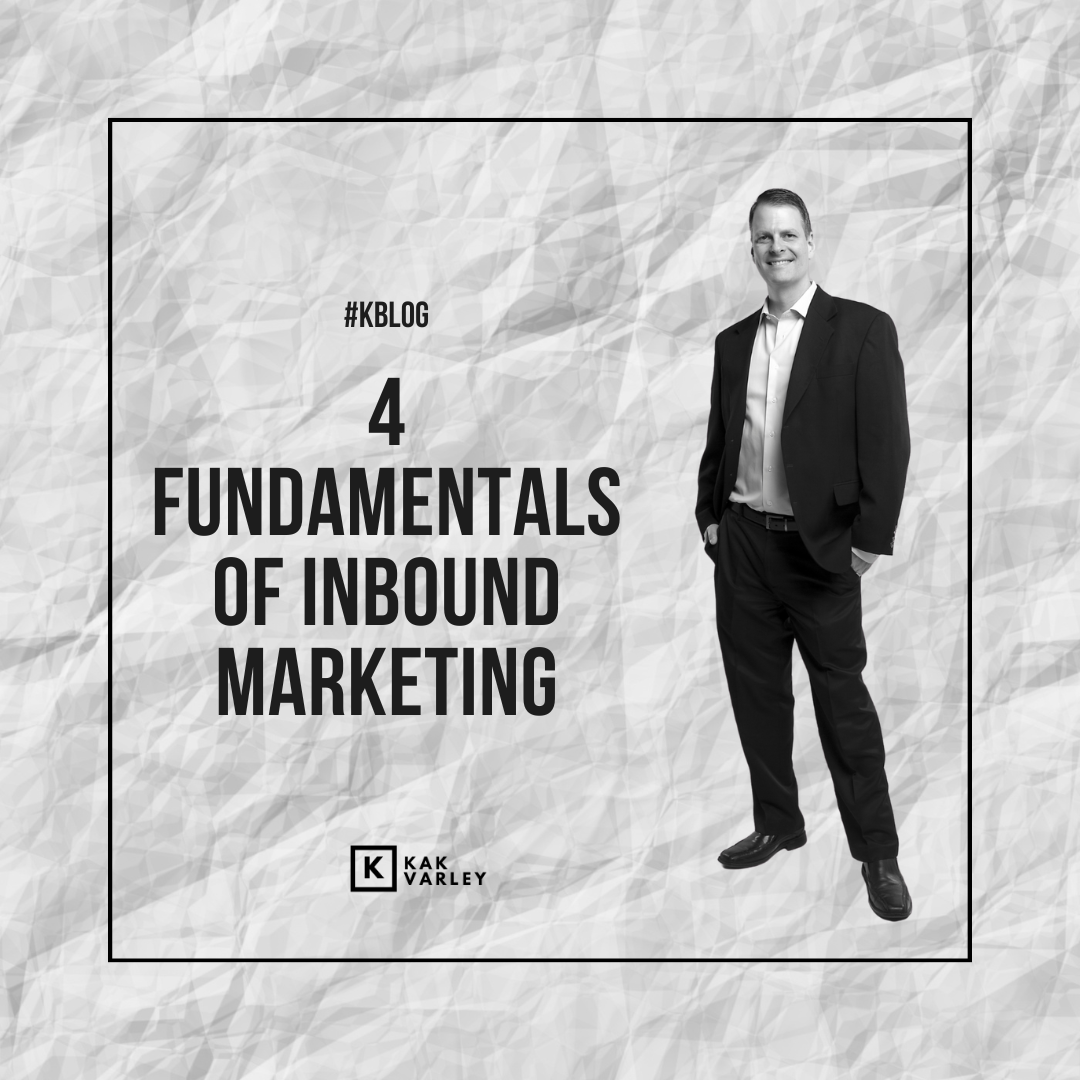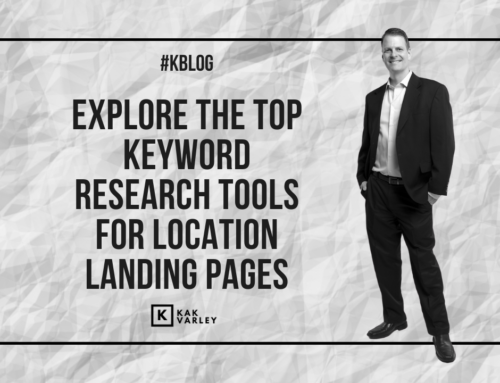
Are you struggling to attract potential customers to your business? Do you find yourself constantly reaching out to them with little to no response? If so, it may be time to consider implementing inbound marketing strategies. Inbound marketing is a customer-focused approach that aims to attract, engage, and delight potential customers through valuable content and experiences.
To get started with inbound marketing, there are 4 fundamental principles you should understand when you consider inbound marketing.
- They are as follows:
- Attracting the right audience
- Understanding buyer personas and segmentation
- Understanding the buyer’s journey
- Developing an inbound strategy
Read on to learn about these fundamental principles.
Understanding the Inbound Marketing
Inbound marketing is a customer-centric approach that focuses on attracting and engaging potential customers through valuable content and experiences. It is a methodology that has gained popularity over the years due to its effectiveness in generating leads and increasing customer loyalty.
The inbound methodology consists of four stages: attract, convert, close, and delight. At the attract stage, businesses use various tactics to attract potential customers to their website, blog, or social media channels. These tactics include creating valuable content, search engine optimization (SEO), social media marketing, and paid advertising.
Once you have attracted potential customers, the next step is to convert them into leads. This is done by offering them something of value in exchange for their contact information, such as an e-book, whitepaper, or webinar.
After converting leads, the next stage is to close them as customers. This is done by nurturing the leads through email marketing, personalized content, and other tactics that help move them through the sales funnel.
Finally, the delight stage is all about keeping your customers happy and engaged. This is done by providing exceptional customer service, personalized content, and other experiences that make your customers feel valued and appreciated.
The inbound methodology is supported by the flywheel, which is a model that emphasizes the importance of customer satisfaction and loyalty in driving business growth. The flywheel consists of three stages: attract, engage, and delight, and it revolves around the customer as the central force.
Overall, inbound marketing is a powerful approach that can help businesses attract, engage, and delight customers. By understanding the fundamentals of inbound marketing, you can create a successful strategy that drives growth and builds long-term relationships with your customers.
Fundamental #1: Attracting the Right Audience
Inbound marketing is all about attracting the right audience to your website. This means that you need to have a clear understanding of your target audience and what they are looking for. You can start by creating buyer personas, which are detailed descriptions of your ideal customers. This will help you to tailor your content and marketing messages to their needs and interests.
When creating your buyer personas, consider factors such as demographics, interests, behaviors, and pain points. This will help you to create targeted content that resonates with your audience and drives engagement.
Segmentation is another important aspect of attracting the right audience. By segmenting your audience based on their interests and behaviors, you can create targeted campaigns that are more likely to convert. This can include email campaigns, social media ads, and other forms of content marketing.
SEO is also critical to attracting the right audience. By optimizing your content for search engines, you can increase your visibility and attract more potential customers. Ahrefs or SEMRush is a great tool for keyword research and SEO strategy, helping you to identify relevant keywords and optimize your content accordingly.
Blogs and other forms of content creation are also important for attracting the right audience. By creating valuable and informative content, you can establish yourself as an authority in your industry and build trust with your audience.
Social media is another powerful tool for attracting the right audience. By creating targeted social media campaigns, you can reach potential customers where they are most active online. This can include paid ads, influencer marketing, and other forms of social media marketing.
Ultimately, the key to attracting the right audience is to focus on the buyer’s journey. By creating content that is tailored to each stage of the journey (awareness, consideration, and decision), you can engage your audience and build relationships that lead to trust and value. By using tools like CRM and marketing automation, you can streamline your marketing efforts and achieve measurable goals that drive ROI.
Fundamental #2: Buyer Personas and Segmentation
To effectively market your product or service, you need to know who your target audience is. This is where buyer personas and segmentation come into play. This fundamental point is part of attracting the right audience.
A buyer persona is a semi-fictional representation of your ideal customer. It includes information such as demographics, interests, and pain points. By creating buyer personas, you can better understand your target audience and tailor your marketing efforts to their specific needs.
Segmentation involves dividing your target audience into smaller groups based on shared characteristics. This allows you to create more targeted marketing campaigns that resonate with each group. For example, you might segment your audience by age, location, or interests.
By creating buyer personas and using segmentation, you can better understand your potential customers and create marketing campaigns that speak directly to them. This can lead to higher conversion rates and a more successful inbound marketing strategy overall.
Fundamental #3: Understanding the Buyer’s Journey
To effectively implement inbound marketing, it’s essential to understand the buyer’s journey. The buyer’s journey is the process that a potential customer goes through before making a purchase. It’s divided into three stages: awareness, consideration, and decision.
Awareness Stage
During the awareness stage, the buyer realizes they have a problem or a need. They may not know what the problem is or how to solve it, but they are aware that something is not right. At this stage, your content should focus on educating the buyer about their problem and providing them with helpful information.
Consideration Stage
In the consideration stage, the buyer has identified their problem and is actively researching solutions. They are looking for information on different products or services that could solve their problem. Your content at this stage should provide more specific information about your product or service and how it can help solve the buyer’s problem.
Decision Stage
The decision stage is when the buyer has decided on a solution and is ready to make a purchase. At this stage, your content should focus on providing the buyer with all the information they need to make a decision. This could include product demos, customer reviews, and pricing information.
Understanding the buyer’s journey is crucial for creating effective inbound marketing strategies. By providing the right content at each stage of the journey, you can guide the buyer towards a purchase and build a long-term relationship with them.
Fundamental #4: Developing an Inbound Marketing Strategy
To successfully implement inbound marketing, you need a solid strategy in place. Your inbound marketing strategy should be aligned with your overall marketing plan and business objectives. Here are the five fundamentals to consider when developing your inbound marketing strategy:
- Define your target audience: Who are you trying to reach with your inbound marketing efforts? Develop buyer personas that represent your ideal customers and tailor your content and messaging to their needs and interests.
- Set SMART goals: Your inbound marketing goals should be specific, measurable, achievable, relevant, and time-bound. Identify what you want to achieve with your inbound marketing efforts and set realistic goals that align with your business objectives.
- Create valuable content: Your content should be informative, relevant, and engaging to your target audience. Develop a content calendar that outlines the topics, formats, and channels for your content distribution.
- Choose your channels: Determine which channels are most effective for reaching your target audience. Consider using a mix of channels, such as social media, email marketing, SEO, and PPC advertising.
- Measure and optimize: Track your inbound marketing performance and adjust your strategy as needed. Use analytics tools to monitor your website traffic, engagement rates, lead generation, and conversion rates. Continuously optimize your content and channels to improve your results.
By following these fundamentals, you can develop an effective inbound marketing strategy that helps you achieve your business objectives and reach your target audience.
Conclusion
Now that you have a better understanding of the fundamentals of inbound marketing, you can begin to implement them in your own marketing strategy. By focusing on providing value to your customers, building strong relationships, setting clear goals, and fostering trust, you can create a successful inbound marketing campaign.
Remember, inbound marketing is a long-term strategy that requires patience and persistence. It may take time to see results, but by staying committed to your goals and consistently providing value to your customers, you can build a loyal following and achieve your marketing objectives.
As you move forward with your inbound marketing efforts, continue to analyze your results and make adjustments as necessary. By staying flexible and adapting to changes in your industry and customer needs, you can continue to improve and grow your inbound marketing strategy over time.
Overall, inbound marketing is a powerful tool for businesses of all sizes and industries. By following these 5 fundamentals, you can create a successful inbound marketing strategy that drives traffic, generates leads, and ultimately helps you achieve your business goals.
If you need any inbound marketing, Kak Varley Marketing provides digital marketing agency services to their clients. Which, inbound marketing is one of their main focuses.
#kakvarley #kakapproved #ktip #kblog



